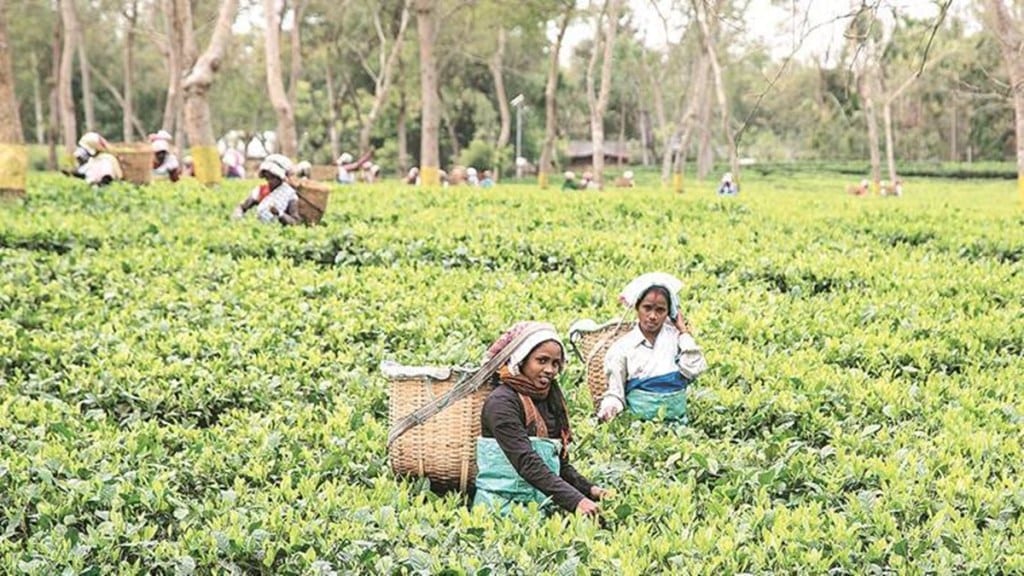Production of Darjeeling first flush tea is likely to be lower this year as very hot and dry weather conditions in the hills may cut into the crop size of one of the country’s best-known commodities by around 30-40%.
Darjeeling tea depends on rains and favourable weather for both quantity and quality of first flush, which is special and fetches the highest price in the market.
“Prospects of first flush crop are very bad. There has been no rain for the last three weeks.
Also read: Dairy products imports ruled out
“Moreover, daytime temperature has increased by 4-5 degrees above normal.
“So, leaf growth has been very, very subdued. At this rate, we could probably have a 30-40% shortfall in first flush,” Indian Tea Exporters Association chairman Anshuman Kanoria told FE.
The first flush, which marks the start of a new season, contributes around 20-25% of the annual tea production in Darjeeling.
However, it contributes around 30-35% of the value because of the high quality and price.
In the first week of March, Darjeeling tea industry had heaved a sigh of relief as sudden showers in some parts of the hills had broken a prolonged dry spell and the prospects of first flush crop had improved.
In a normal year, first flush crop size stands at around 1.75-1.80 million kg.
“Survival of the Darjeeling tea industry depends on only two months — mid-March to mid-April and mid-May to mid-June.
The mid-March to mid-April period is now wasted due to the unfavourable weather conditions.
The loss incurred during first flush crop cannot be made up the whole year,” Kanoria said.
Last year, the Darjeeling tea industry faced a double whammy as both the production of the world-famous aromatic tea and the price realisation from lucrative world markets were significantly lower than the year-ago levels.
Darjeeling tea production stood at 6.6 million kg in 2022.
In fact, Darjeeling’s tea industry has been witnessing a gradual fall in production over the last more than a decade.
In 2011, tea production was 9.14 million kg, while it was 8.13 million kg in 2016.
Also read: NPS gets traction in pvt sector
It came down to 7.01 million kgs in 2021.
Production has been hit by climate change, labour issues, lower productivity and profitability, according to industry insiders.
Facing financial crises, many planters have sold gardens in recent years.
Demands for this premium tea, the first product to get a geographical identification (GI) tag in India, have been “insufficient” in Europe and Japan, the two large overseas markets, according to Kanoria.
“Europe is showing little less demands. And, absolutely no increase in prices. Japan is also very price resistance because yen is very weak,” he added. Notably, over 65% of the first flush tea in volume terms is exported annually.

